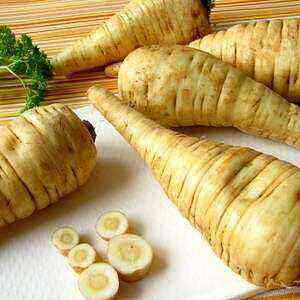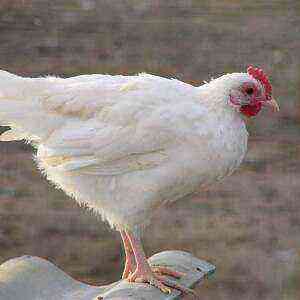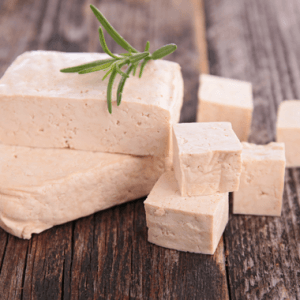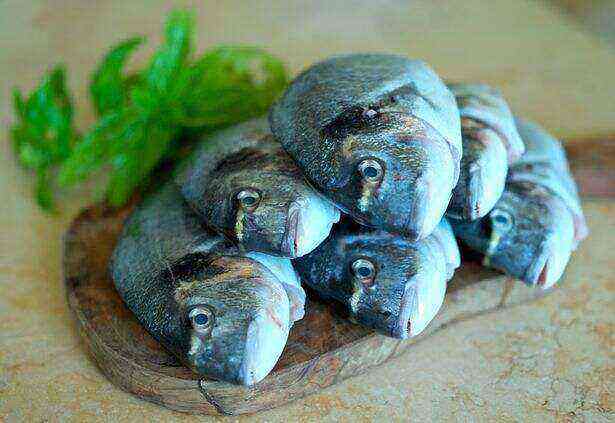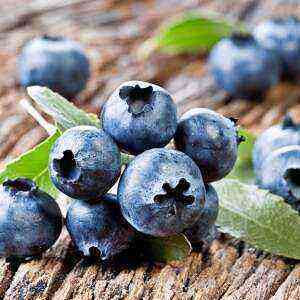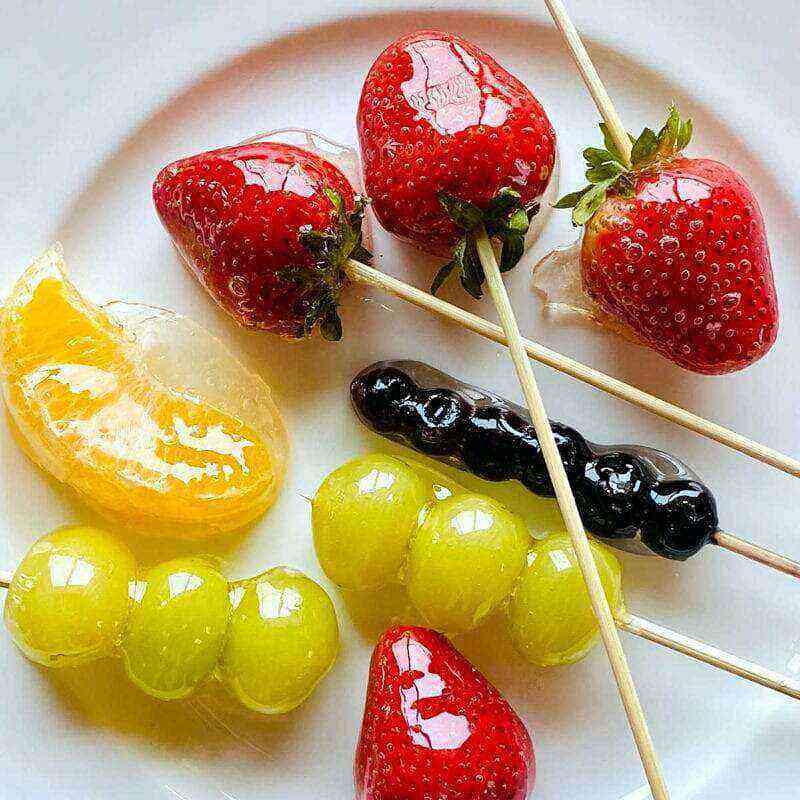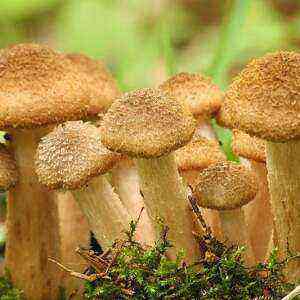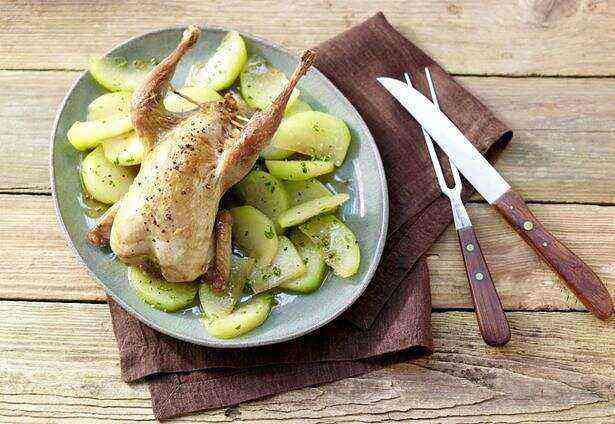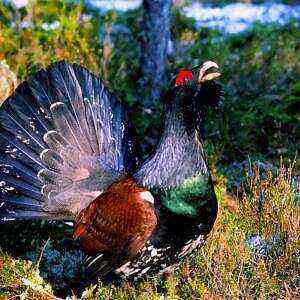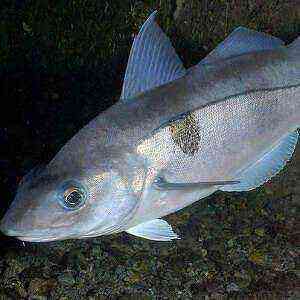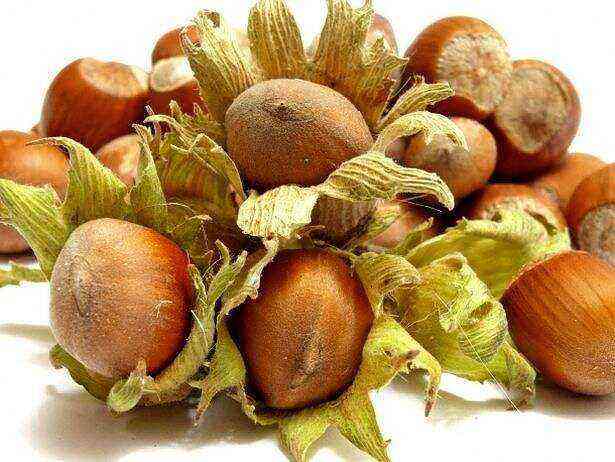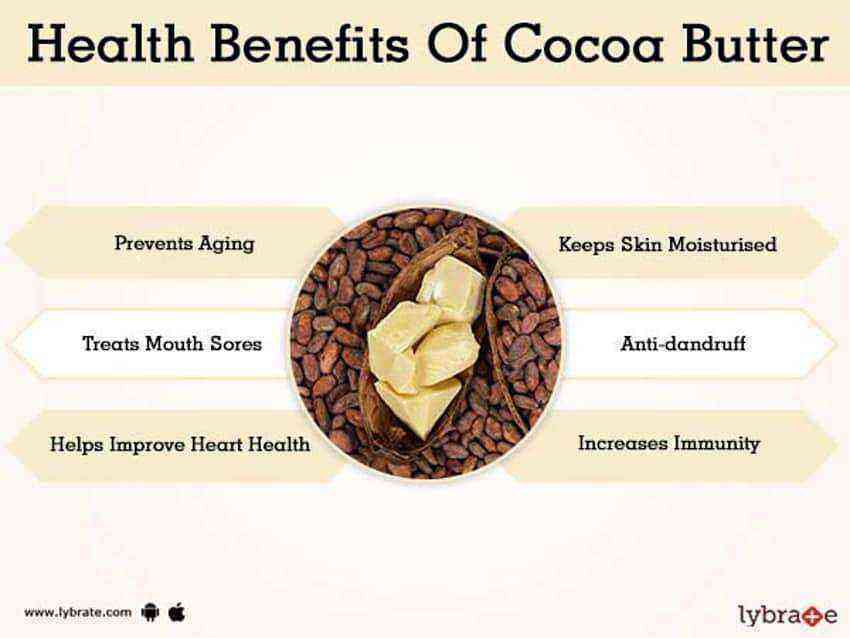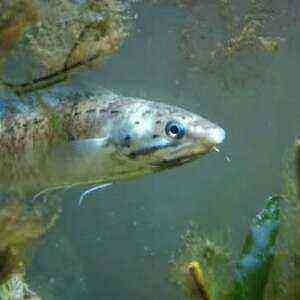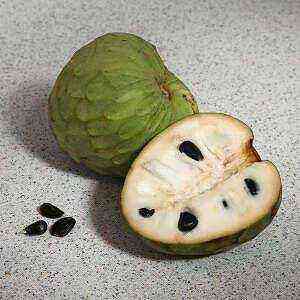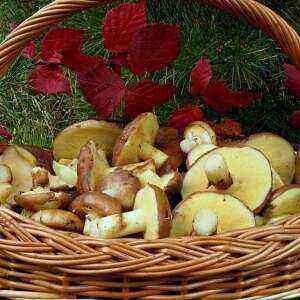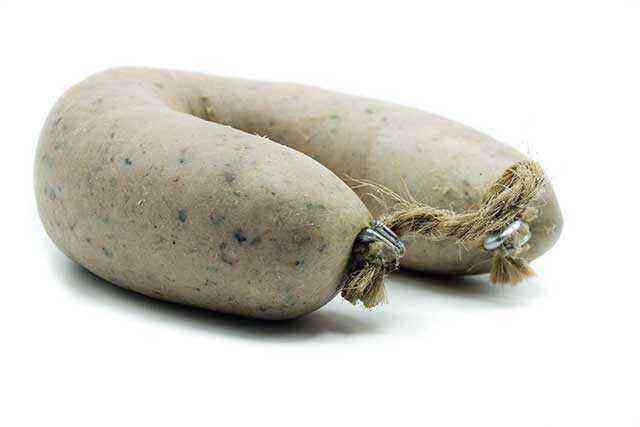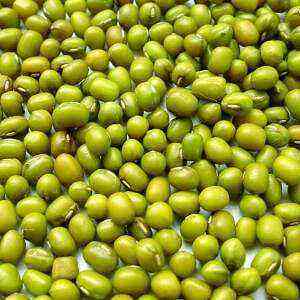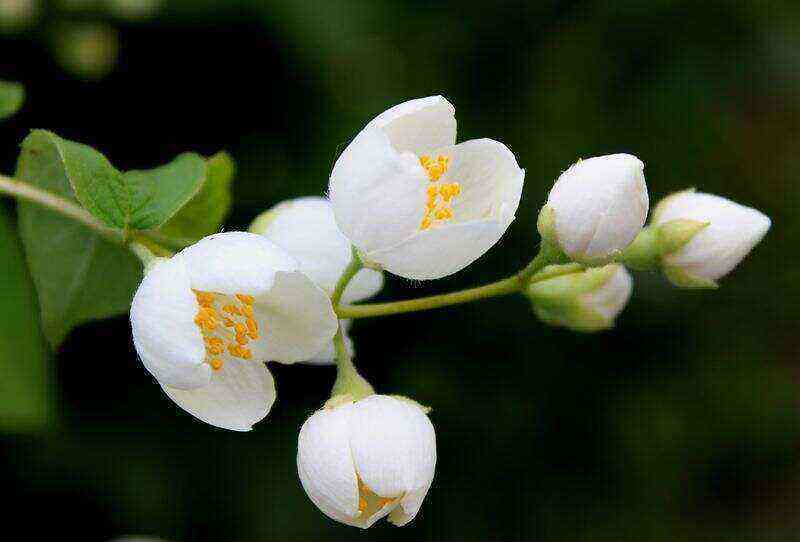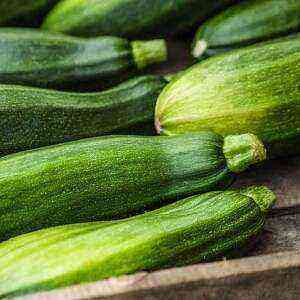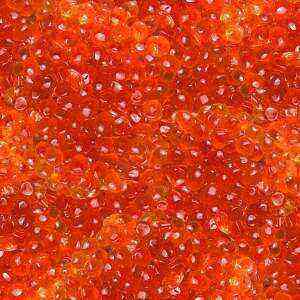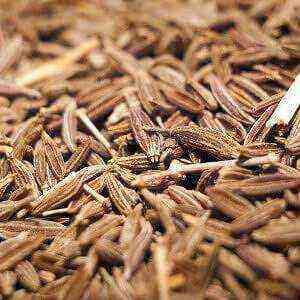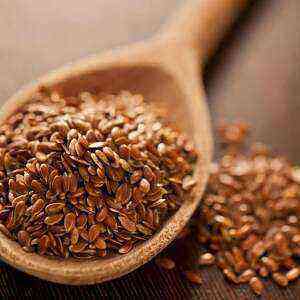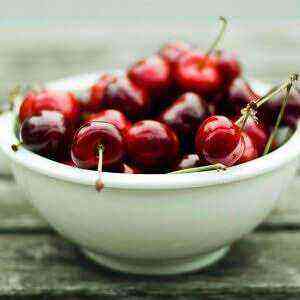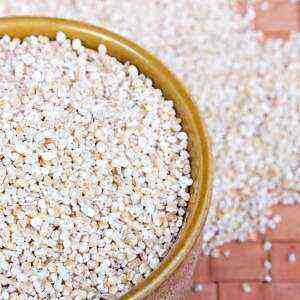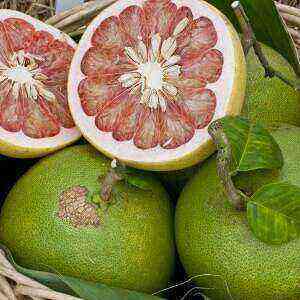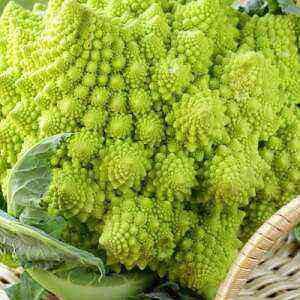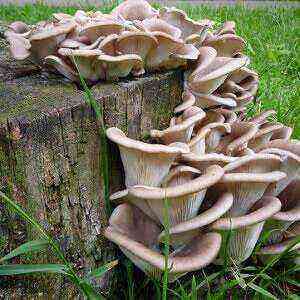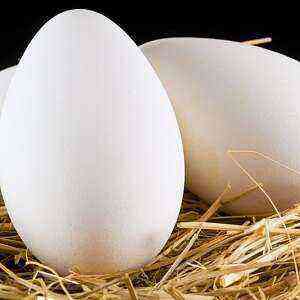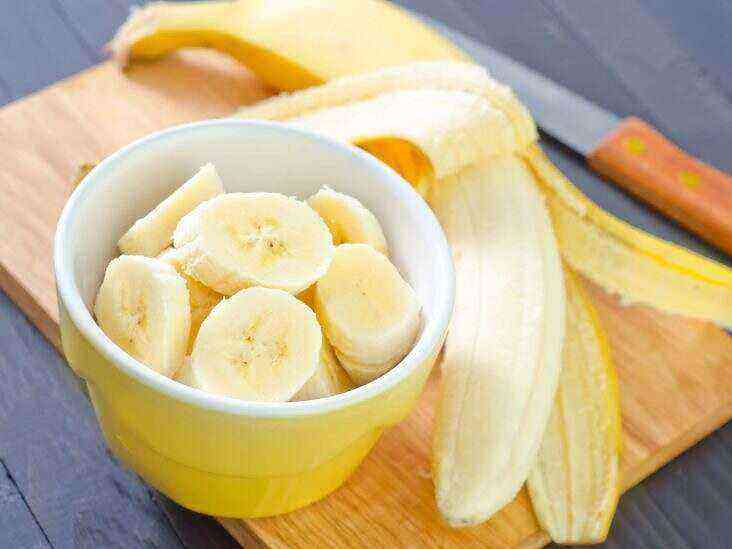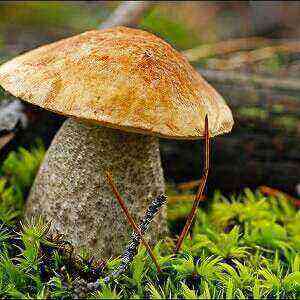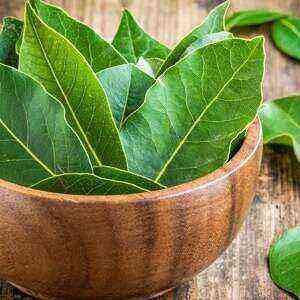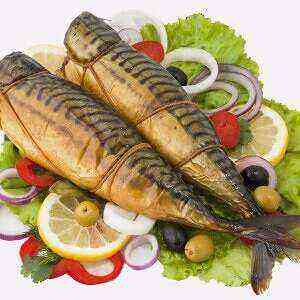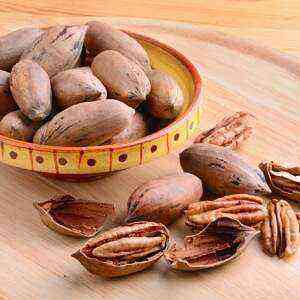
Pecans have a high nutritional and pharmacological value. They contain essential unsaturated fatty acids, tannins, protein structures, vitamins, micro and macro elements. The product is indicated for use in the presence of the following health problems: chronic fatigue syndrome, atherosclerosis, acne, nervous system disorders, edema, osteoporosis, headaches, immune dysfunctions.
From the fruits of pecan get refractory vegetable oil, which is taste and useful properties is not inferior to olive. Application areas of the product: cooking, traditional medicine, cosmetology.
Botanical description
Pecan is a deciduous tree with a spreading crown that prefers a humid subtropical climate. The plant is extremely common in the southeastern part of America, Mexico and Central Asia, and is also found in Spain, Turkey, Russia and the Crimea.
Interestingly, as it approaches the equator, the diameter of the tree trunk noticeably increases from 50 cm (in the north) to 3 m (in the south). Pecans have alternate pinnate leaves, consisting of 12-15 opposite lanceolate plates. The crown is symmetrical, back-pyramidal, reaching 4-5 m in diameter. Pecans are characterized by a straight trunk, reaching 40-60 m in height, covered with fissured light brown bark. The period of nut budding is in May, and the season of mass fruiting is in October.
Pecans are monoecious plants on which dioecious flowers (male and female) are formed. Considering that staminate buds open earlier than pistil buds, experienced gardeners plant 2-3 varieties of trees nearby. In place of the pollinated ovaries, a smooth oblong fruit appears, covered with a fleshy-leathery membrane. As it matures, the “false” drupe becomes lignified, and then cracks with four valves. The length of ripe fruits is 5-8 cm, and the width is 3 cm. Behind a thin peel, an edible golden-beige seed with a corrugated surface is hidden.
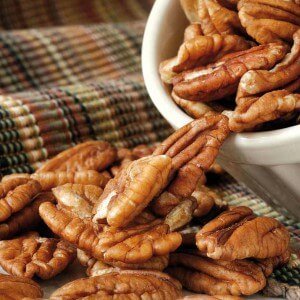
Grafted trees begin to bear fruit at 6-8 years of age, and plants grown from seeds – at 10-12 years after planting. These are real centenarians. One tree is capable of producing crops for 300 years.
Chemical composition
Pecan nut is a nutritious high-calorie product, 100 g of which contains 690 kcal, while most of its ingredient composition is occupied by lipid structures (about 72%). It is cholesterol free and a natural source of protein and fiber.
Table No. 2 “Pecan Chemical Composition”
Name
Nutrient content in 100 grams of product, milligrams farmer-online.com
Vitamins
Choline (B4) 40,5 Alpha-tocopherol (E) 1,4 Niacin (B3) 1,17 Ascorbic acid (C) 1,1 Pantothenic acid (B5) 0,86 Thiamine (B1) farmer-online.com
0,66 Pyridoxine (B6) 0,21 Riboflavin (B2) 0,13 Folic acid (B9) 0,022 Phylloquinone (K) 0,004 Beta-carotene (A) 0,003
Macronutrients
Potassium 410 Phosphorus 277 Magnesium 121 Calcium 70
Trace Elements
Цинк
4,53
Марганец
4,5
Железо
2,53
Медь
1,2
Фтор
0,01
Селен
0,004
Table No. 3 Pecan Amino Acid Composition
Name
Content in 100 grams of product, grams
Глутаминовая кислота
1,83
Аргинин
1,18
Аспарагиновая кислота
0,93
Лейцин
0,6
Серин
0,47
Глицин
0,45
Фенилаланин
0,43
Валин
0,41
Пролин
0,36
Изолейцин
0,34
Треонин
0,31
Лизин
0,29
Гистидин
0,26
Тирозин
0,22
Метионин
0,18
Триптофан
0,09
In addition to fats, proteins, carbohydrates, dietary fiber, vitamins and mineral compounds, pecan contains tannins, phenols, essential oils ...
Interestingly, 80% of the world harvest of this type of nut is harvested in the USA. Due to the abundance of calcium, phosphorus, magnesium, potassium, zinc and vitamins A, B, E, it is recommended to use it while observing anti-cholesterol diets to fortify the body. Unlike other varieties of nuts, pecans are more fatty, so they do not last long, but deteriorate (rancid) over time.
Useful Properties

The medicinal properties of pecans 1:
- Improves cholesterol metabolism, reduces the risk of heart ischemia, inhibits the oxidation of “good” lipoproteins by free radicals .....
- Participates in the formation of hormone-like substances (prostaglandins, thromboxanes, leukotrienes).
- It supports the barrier function of the dermis, increases bone density.
- Normalizes blood rheological parameters, reduces the risk of thrombosis ...
- Improves intestinal motility, reduces the risk of oncology of the gastrointestinal tract, accelerates the removal of excess fluid from tissues ...
- Reduces the intensity of the development of inflammatory reactions.
- Enriches the body with energy (due to the utilization of lipid structures).
- Increases the elasticity of the vascular wall.
- It stimulates the production of sex hormones (estrogens), normalizes the psycho-emotional status, activates the synthesis of vitamins and neurotransmitters, and potentiates the regeneration of the myelin sheaths of neurons.
- Increases the sensitivity of tissues to insulin.
Remember that the body can absorb no more than 80 g of the product at a time, so the abuse of nuts can cause digestive and autoimmune disorders. In addition, the intake of pecans should be limited in case of allergic intolerance, a tendency to obesity, the presence of acute gastrointestinal pathologies (gastritis, duodenitis, colitis), and constipation.
Cooking application
Pecans have a buttery texture and a delicately creamy nutty flavor. Well-ripened pods are characterized by moderate sweetness without the slightest hint of bitterness inherent in walnut kernels. In cooking, pecans are used raw, fried and dried (both as an independent snack and as part of various dishes). Most often they are added to pastries, pastries, fruit salads, green cocktails, elite liqueurs, chocolate and curd desserts. In addition, the product goes well with balsamic vinegar, olive oil, cheese, mushrooms and fish. In addition to their traditional uses, pecans are also used to make coffee drinks (they are ground with beans).
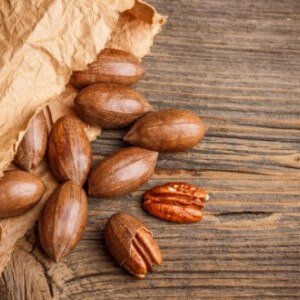
- Peel color. Well-ripened fruits evenly colored brown. Inshell spots can indicate insect infestation, improper storage, or tree disease during growth.
Some varieties of pecans, such as Donaldson and Stewart, may have a sharp contrast between the color of the stripes (black) and the peel (coffee).
- The presence of a shell. Given that the kernels contain a large amount of fatty acids, the refined product has a short shelf life (1 month), therefore, in order to get the maximum benefit from the fruit and extend its shelf life, it is recommended to give preference to inshell nuts. At the same time, the peel should be smooth, without irregularities, cracks and “seams” ...
- Weight. Fruits of the same variety have the same weight and size. If the package contains kernels of different sizes, then the product has undergone secondary sorting.
- Sound. High-quality fruit when shaken emit a thud. Too sonorous sound of the cores indicates the product is overdrying.
When buying “packaged” pecans, it is important to monitor the integrity of the container. If the package shows the slightest defects, and the date is difficult to read, it is better to refuse to purchase the product (due to possible oxidation of lipids).
Shelled nuts have a shelf life of 12 months. However, due to the rich fatty acid composition, the shelf life of the purified raw materials does not exceed 1 month (in the refrigerator).
Peanut butter
From fresh pecans, a refractory oil of a golden yellow hue is obtained (by cold pressing). This product has a characteristic nutty flavor with a subtle hint of vanilla. Considering that pecan oil is a concentrate of nutrients, it is actively used for cosmetic purposes for the manufacture of anti-aging compositions for the face, nourishing compositions for nails, moisturizing hair masks and massage emulsions for the body.
In addition, the squeeze nut is used to treat sunburn, irritation, fungal infections, hematomas, insect bites.

- Mask for aging and dry skin. Ingredients: 10 ml of carrot juice, 8 g of starch, 3 ml of liquid honey, 3 ml of rose water, 2 ml of pecan oil, 2 drops of geranium ether, chicken yolk. After mixing the components, the mixture is applied in a thin layer on the face and neck. After 20 minutes, the mask is washed off with warm water and then cold. With regular use of the composition, the expression of facial wrinkles decreases, skin turgor rises, and complexion improves.
- Nail hardener. To create a healing mixture, you will need pecan oil (10 ml), volatile lemon esters (2 drops) and ylang-ylang (1 drop). This tool is rubbed into the nail plate and cuticle at least 2 times a day.
- Emulsion for fine and brittle hair. The composition includes 10 ml of pecan butter, 10 ml of honey, 1 chicken egg (beaten). The emulsion is rubbed into the scalp after thorough washing. After 20 minutes, the mixture is washed off with warm water with the addition of lemon juice. If this procedure is performed weekly, the hair acquires additional volume, shine and softness.
- Nourishing concentrate for hands. Mix 15 ml of fatty oils: pecan, almond, peanut and peach. After that, mix the mixture with melted glycerin (10 ml), onion juice (5 ml) and orange ether (3 drops). The oil composition is applied to moisturized skin of the hands, carefully massaging the periungual bed. This mixture effectively nourishes the dermis, protecting it from premature aging.
- Tanning product. Active ingredients: pecan oil (100 ml), carrot esters (20 drops) and tangerine (10 drops). The last ingredient can be substituted for nerol or bergamot. These substances are combined and mixed thoroughly. For natural activation of the protective pigment, the mixture is applied to a cleaned damp cover 10-12 hours before sunbathing (preferably in the evening).
In addition, pecan oil is used to heal damaged skin, eliminate flaking, reduce the intensity of inflammatory reactions. Healing concentrate is applied to the affected skin 2-3 once a day.
Growing “olive nut”
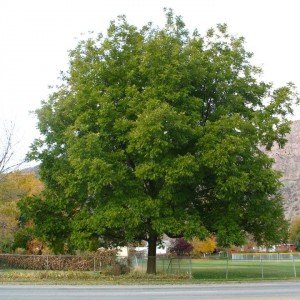
Technology of growing a tree from seeds ..:
- The choice of a plot of land. The best place for planting pecans is on the side of a small hill, well lit by the sun.
- Preparation of fruits for planting. In order to increase seed germination, they are first subjected to stratification. To do this, ripe fruit is placed on the 2 of the day in the water, and then placed on the 1-4 of the month in wet sawdust. When needed, planting material is saved in a cool place (10-15 degrees), occasionally moistening the woody “substrate”.
- Soil preparation. Before planting the seeds, compost is applied, and after a month, the substrate is drained by deep digging of the soil. After that, the furrowed beds are prepared. The optimal row spacing is 60 cm.
- Sowing seeds. You can plant seeds both in autumn and spring. In the first case, dried fruits are placed 1 piece per hole (10 cm deep) at a distance of 25 cm from each other. After that, the bones are watered and sprinkled with earth.
In spring sowing, sprouted fruits can be embedded in a shallower depth (6-8 cm). After planting the ridge is shed with water, and then covered with a layer of mulch. Shoots appear on 30-40 day after sowing.
Interestingly, during 2 years after planting, plant growth has been slowed down, as the root is formed. In good conditions, seedlings grow by 20-30 cm per year.
- Transplanting a seedling to a permanent place. Before planting trees, small holes are dug at a distance of 10 m from each other. The optimal width of the planting holes is 60 cm, the depth is 50 cm. After that, the seedlings are placed in the holes, the roots are covered with earth, and then watered abundantly with water. Moreover, over the next 6 months, the soil is moistened no more than 1-2 times a week. It is advisable to tie young plants to a support, and cover the trunk circle with mulch
Remember, too deep embedding of trees is fraught with a slowdown in crown growth and the development of root rot.
- Plant care. In the spring, young trees are fed with nitrogen-containing fertilizers, and in the fall – with phosphorus and potash fertilizers (once every 20 days). In addition, every year it is necessary to carry out sanitary pruning of the crown (in March-April).
Seed-grown pecans bear fruit 10 years after planting. To shorten the growing season, young seedlings are “grafted” (with a cuttings, buds or eyes of an adult tree). However, propagating a crop in this way requires some horticultural knowledge. For example, to perform grafting with a “pipe” (ring), seedlings are planted in the nursery in August or early May. It is important to take into account that the thickness of the cuttings and stock are the same. A gardening knife with two parallel blades is used for budding. Thanks to this arrangement of cutters, a “pipe” 2,5 cm wide is carved on the rootstock. Then, instead of it, the grafted material with a bud, extracted from the cutting, is inserted.
Remember, it is important to choose the right scion material for a good harvest. For this purpose, it is advisable to use developed shoots of a fruiting tree 50-60 cm long and 1-1,5 cm thick.
Too oblong, thick or “wolf-like” branches are not suitable for budding.
Conclusion
Pecan is a woody walnut plant common in Central Asia and southeast America. This culture prefers a hot subtropical climate, but can also grow in the temperate zone. Pecans are prized for nutritious kernels and resilient wood. The fruit contains useful lipids (more than 70%), protein structures, dietary fiber, vitamins, micro- and macronutrients, phenols, essential oils, tannins.
To saturate the body with valuable nutrients, the nut is recommended to be consumed exclusively raw. The daily norm is 60-70 g. With regular consumption of pecans, cholesterol metabolism improves, the psycho-emotional background normalizes, the production of sex hormones increases, the density of bone tissue increases, the withdrawal of excess fluid from the body is accelerated, the heart muscle is strengthened ..… In addition, vegetable oil is made from pecan kernels, which is used in the treatment of influenza, colds, immune dysfunctions, heart failure, atherosclerosis, and intoxication. Along with this, nut concentrate is used externally to rejuvenate the dermis and treat skin problems.
Quality pecans have a smooth brown shell without damage or blemishes. If, when shaken, you hear a ringing beat of the kernel, then the nut has dried up and partially lost its beneficial properties.
Sources of
